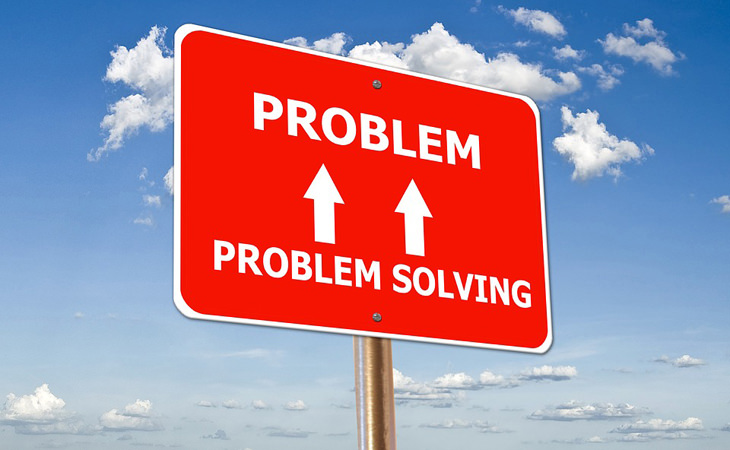
When presented with a situation, it’s almost inevitable that two individuals with different personalities will react to it differently. This is particularly true when the situation is difficult and related to work or our private lives. Some people theorize that couples whose views and behaviors differ significantly from each other actually fare better when facing difficulties together.
According to the Myers-Briggs Type Indicator, there are two distinct types of people, namely Thinkers and Feelers. The former make decisions based upon logic and objective truth, and after weighing up all the options thoroughly, whereas the latter make decisions based on their feelings, intuition and on the basis of how the decision they make would affect them and those around them.
Some people believe that an ideal couple consists of a Thinker and a Feeler, because they will try and solve a problem using completely different approaches to each other. Here are 8 reasons to back up this notion:
1. Thinkers count on facts. Feelers take note of emotions.
 When a relationship is about to commence, a Thinker will take in all the hard facts about the other individual, such as social status, financial clout, their ability to devote free time to the relationship, and so on. Another consideration made by the Thinker is whether there is actually a necessity for a relationship in his or her life at that point in time.
When a relationship is about to commence, a Thinker will take in all the hard facts about the other individual, such as social status, financial clout, their ability to devote free time to the relationship, and so on. Another consideration made by the Thinker is whether there is actually a necessity for a relationship in his or her life at that point in time.
On the other hand, a Feeler will just evaluate how he or she feels about the other person. Even if all objective reality serves to work against the relationship, a Feeler will not let such considerations get in the way of the love they’re feeling. It goes without saying that most relationships begin due to Feelers.
2. Thinkers take cues from external signals when something is wrong. Feelers just know that there is.
A Thinker needs hard proof of a relationship turning sour, such as a flirty text message to another person.
A Feeler will just go on a hunch without any proof whatsoever. He or she will note changes in body language and tone of voice, as well as be the first to state that there is a problem in the relationship.
3. Thinkers see the bad first. Feelers see the good first.
 A Thinker tends to be the one who gives up and only begins to see what’s wrong.
A Thinker tends to be the one who gives up and only begins to see what’s wrong.
In the event of the above, the Feeler begins seeking out the good things in the relationship as validation for staying together.
Because of these different perspectives, the ability to tackle a crisis and come through it in one piece increases.
4. Conflicts are natural for Thinkers. They are disasters for Feelers.
A Thinker is the first to admit that there’s a problem that needs solving.
A Feeler is mortified about having an argument. They feel fear and will suffer until there is harmony between the two parties once again. In addition, they will strive to restore harmony using all means necessary.
As is evident from the above, Thinkers are about conflict resolution, whereas Feelers are all about conflict avoidance! The Thinker is usually the individual who has to be proactive about restoring harmony in the relationship.
5. Thinkers are problem-solvers. Feelers wait for Thinkers to solve a problem.
 A Thinker will go out of his or her way to make amends for a problem immediately after recognizing it.
A Thinker will go out of his or her way to make amends for a problem immediately after recognizing it.
A Feeler doesn’t attempt to do anything until his or her feelings of fear and hurt have subsided.
6. Thinkers need to be in charge. Feelers need to be loved.
A Thinker bears responsibility for his or her actions, and is comfortable about doing so.
A Feeler readily accepts such caring, and tends to feel lost when he or she is not receiving the love and attention they need.
Couples alert: if your partner is distressed, be sure to give them a big hug whenever you can.
 A Thinker always needs to know when and where things took a turn for the worse, whether the physical intimacy became a problem, adultery was committed, and so on.
A Thinker always needs to know when and where things took a turn for the worse, whether the physical intimacy became a problem, adultery was committed, and so on.
Content Source: Brightside